CASE STUDY: The Making of ‘Casting JonBenet’
Every other week on the blog, we dig into the archives from Film Independent Education and examine, in detail, one film’s production journey. Our hope is that filmmakers will take lessons from these stories to apply to their own projects. Good luck!
***
This week: Local actors from JonBenet Ramsey’s hometown offer multiple perspectives on her 1996 murder as they vie to play roles in a dramatization of the case, in this unique docudrama hybrid from director Kitty Green.
CASTING JONBENET
Director: Kitty Green
Producers: Kitty Green, Scott Macaulay, James Schamus
Budget: Under $1 million
Financing: Grants/Private Equity
Production: August 2015-August 2016
Shooting Format: Black Magic Production Camera; ARRI Alexa Mini
Screening Format: DCP
World Premiere: Sundance 2017
Distributor: Netflix
Website: https://www.netflix.com/title/80142316
Cast and Crew: http://cinereach.org/films/casting-jonbenet/
DEVELOPMENT AND FINANCING
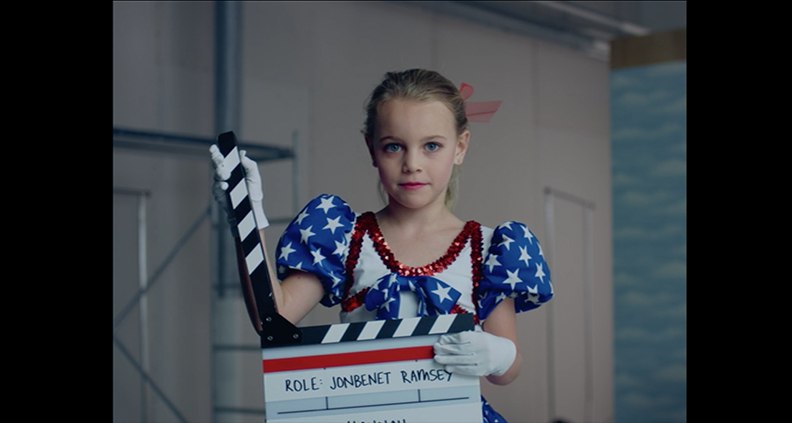
For Australian filmmaker Kitty Green, documentary filmmaking has long been a process of thinking outside the box. “I was living in Ukraine during the conflict and I was tired of seeing the same images of war-torn Ukraine on the news,” recalls Green of the process by which she developed her short documentary, The Face of Ukraine; Casting Oksana Baiul.
“I was hoping to find an approach that would allow me to dig a little deeper into how the community was feeling,” she explains. Rather than simply shoot a series of talking heads, Green conducted a “casting tape experiment” and auditioned women and children to play the figure skater whose extraordinary rise to Olympic championship had united the country.
Using the casting process as the basis for a series of interviews and dramatizations, Green was able to bring a fresh angle to Baiul’s story—and to the portrait of a nation for whom she’d become a symbol. The short film won a prize at Sundance and inspired the director to find a way to make a feature using the same conceit.
Green knew that a full-length film would require some sort of outstanding mystery to sustain tension, and had always been fascinated with the unsolved murder of six-year-old pageant contestant JonBenet Ramsey in Colorado in 1996. The massive media circus that followed somehow seemed to lend itself to the “casting” format, and producer Scott Macaulay, who had seen Green’s short at Sundance, agreed. He signed on to produce the feature, and in June of 2015, Green traveled from Australia to Boulder to begin researching.
Green had made some Colorado contacts at Sundance, but found that the local pageant system provided the most efficient entrée into the community she wanted to explore. “As soon as I got there and started speaking to people, it was immediately obvious that this would work. That people had theories and stories to tell—and all these unresolved feelings about this case,” she remembers.
Though she was met with some eye rolls when she raised the subject of JonBenet, Green believes that her own identity as a feminist filmmaker—combined with her interest in exploring the media vilification of JonBenet’s mother, Patsy Ramsey—persuaded many locals to open up.
Back home, Green applied for and received development grants from Screen Australia and Film Victoria—each in the low five figures—which enabled her to return to Colorado that August with cinematographer Michael Latham and production designer Leah Popple to begin shooting.
PRODUCTION
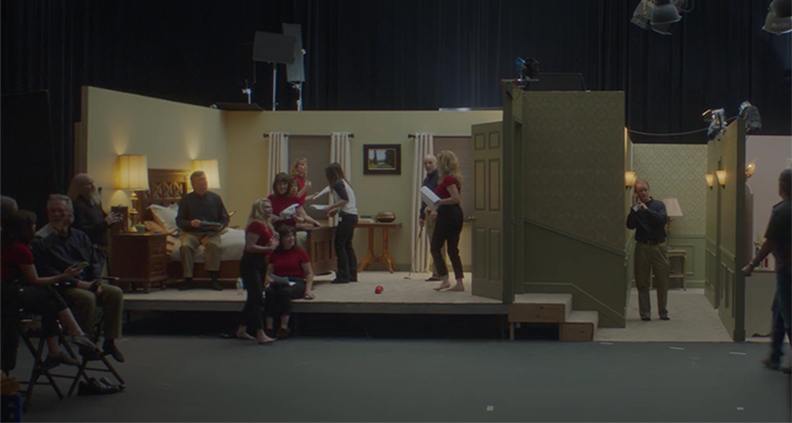
Green and her team camped out in Boulder for the next month and a half, working with local casting agents and shooting audition tapes for a different character each weekend. (They avoided weekdays in order to accommodate subjects with day jobs.) Green was always up front about the nature of her project—that the casting tapes themselves were the substance of the film—but initial casting calls requested non-actors for a broadly-described movie about the JonBenet case.
The team also targeted various segments of the community to cast certain roles—mining the pageant world and local law enforcement to find people to audition for Patsy and the Police Chief, respectively. When subjects arrived at Green’s studio, where one-wall sets for their auditions had already been built, the director spoke with each of them at length about the approach and tone of the film. “Nobody was tricked or fooled into thinking this was would be something else. I was very clear up front,” Green says, “and I think 99% of people were happy to be part of the experiment.”
Anyone who performed a character in a reenactment scene would be paid a SAG minimum (though the project wasn’t shot under a SAG agreement), while those who appeared only as themselves in interviews would not be compensated. Subjects who chose to move forward got into full costumes provided by the production, and shot interviews on set for 30-45 minutes each.
To preserve a sense of intimacy and allow her subjects to open up, Green conducted the casting conversations alone and operated the camera herself while Latham watched on a monitor in another room.
With the footage from that first shoot, Green returned to Australia and cut an eight minute teaser of the Pasty Ramsey auditionees, which she submitted to Sundance, Cinereach, and Rooftop Films for further funding. The project received grants from all three. Shooting the first casting sessions had also given Green a fairly clear picture of how the film would be structured, and she sat down to pen a three-page treatment that would provide a roadmap for the rest of production.
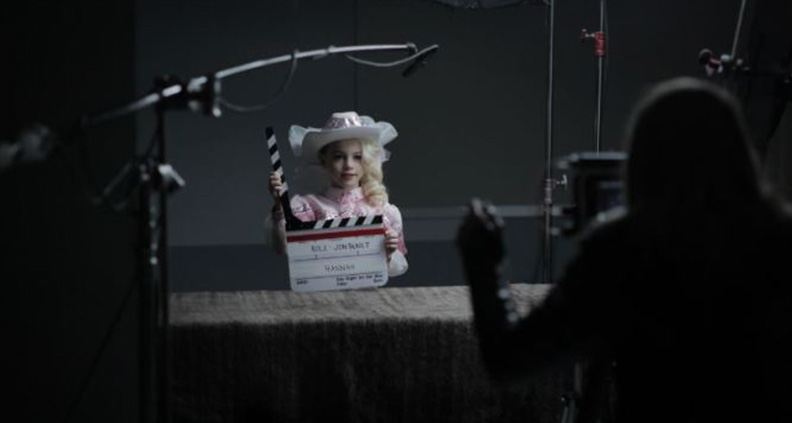
“Really when I look at that original treatment, the final film doesn’t differ much,” Green reflects—and knowing where the project was heading gave her a distinct advantage when it came to defining the budget. It also, however, brought home just how much more capital she would need to execute her vision.
In the fall of 2015, Macaulay shared Green’s proof of concept reel with James Schamus, who saw the potential and agreed to come aboard as an additional producer. Schamus’s company, Symbolic Exchange, was able to bring equity financing to the table through a partnership with Chinese financier Meridian Entertainment, which would enable Green to shoot the far more expensive reenactment scenes that became a memorable part of the film’s distinctive style and tone.
The film also qualified for a Colorado film tax rebate credit of 20% of its production spend in the State. (The film qualified for this credit in January, 2016, submitted its final application and paperwork in April, 2016, and received these funds the following month.)
Production continued in Colorado during another shoot that winter that included casting tapes for additional characters, and two weeks devoted to reenactments. The latter was treated as a narrative feature shoot with a full crew working both on stages and locations, and included a number of sweeping exterior establishing-shots (one of which utilized a heavy drone). With hours of interviews and all her reenactment footage in the can, Green knew that it was time to start cutting.
FESTIVAL PREPARATION AND STRATEGY
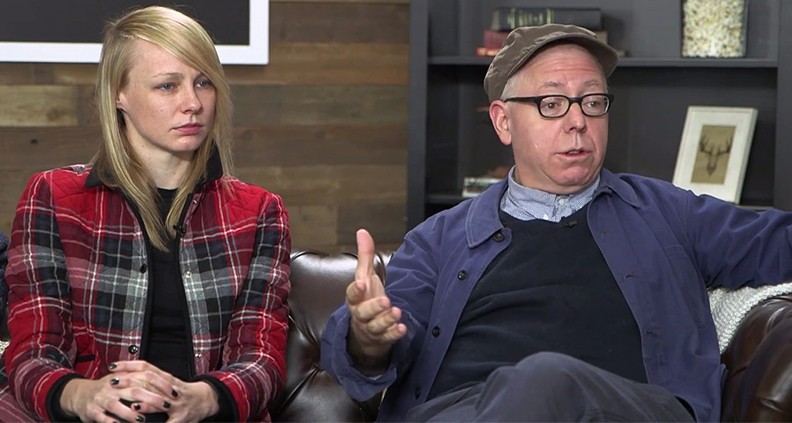
Green edited in Colorado and completed post (sound, color grading, etc.) back in Australia. By July of 2016 she had produced what she believed at the time was a finished film. Christmas of that year would mark the 20th anniversary of the murder case, and the filmmaking team felt strongly that the film ought to premiere ahead of it to capitalize on the media buzz they knew was coming.
Though it would be a crunch, a Toronto 2016 premiere seemed ideal, until Macaulay and Schamus screened the film for Netflix. The company’s immediate and enthusiastic response changed everything.
THE SALE
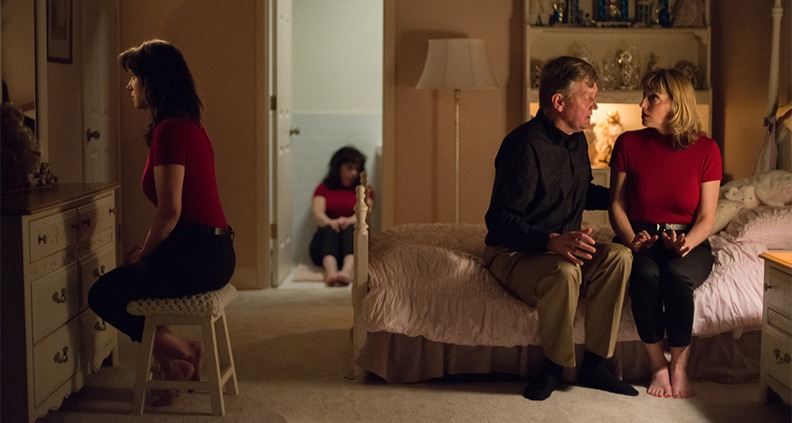
Netflix wanted to brand Casting JonBenet as a Netflix Original, and they were unconcerned with either the upcoming anniversary or the timeline. As part of the deal for worldwide rights, the company offered some additional funds and the time to return to Colorado and shoot a few more sequences that might give the film a more cinematic feel. With the pressure off and the film already in profits, Green and her crew did return to Boulder for an additional week of pick-ups.
The quick sale allowed Meridian’s investment—which ultimately constituted 50-60% of the budget—to be paid back immediately. And it meant that the process of releasing and marketing the project was now on the distributor’s plate. “The whole thing is out of your hands. It’s terrifying,” Green admits. “But we trusted [Netflix]. And they were very, very good to us.”
THE RELEASE

Now that timing was no longer an issue, Green was free to submit the film to Sundance—which had supported both the project and Green as a filmmaker—with Netflix’s blessing. Sundance would host the world premiere in January of 2017, and some 35 of the film’s Colorado-based subjects attended on their own dime. Netflix’s in-house team handled publicity in partnership with Donna Daniels (who also oversaw PR for the release). A cast-and-crew screening was subsequently held in Boulder, and the film played at the Berlin International Film Festival soon afterward.
After a brief festival run, Casting JonBenet was released on Netflix on April 28, 2017. It also played theatrically for a week each in New York and LA for awards qualification, but Green was never particularly concerned with a theatrical release—perhaps because she herself consumes most films via streaming.
Green was paid fees as a director and producer on Casting JonBenet, and did have a share of the back end. “I look at the size of people’s budgets, and I always think if the budget’s high, pay yourself,” she advises, all too aware that gambling on back-end returns can be a losing proposition. Though Netflix does not share viewing numbers with filmmakers, the director has kept an eye on the film’s Twitter hashtag and social media feedback to track responses from audiences who are still discovering it today.
FILMMAKER ADVICE
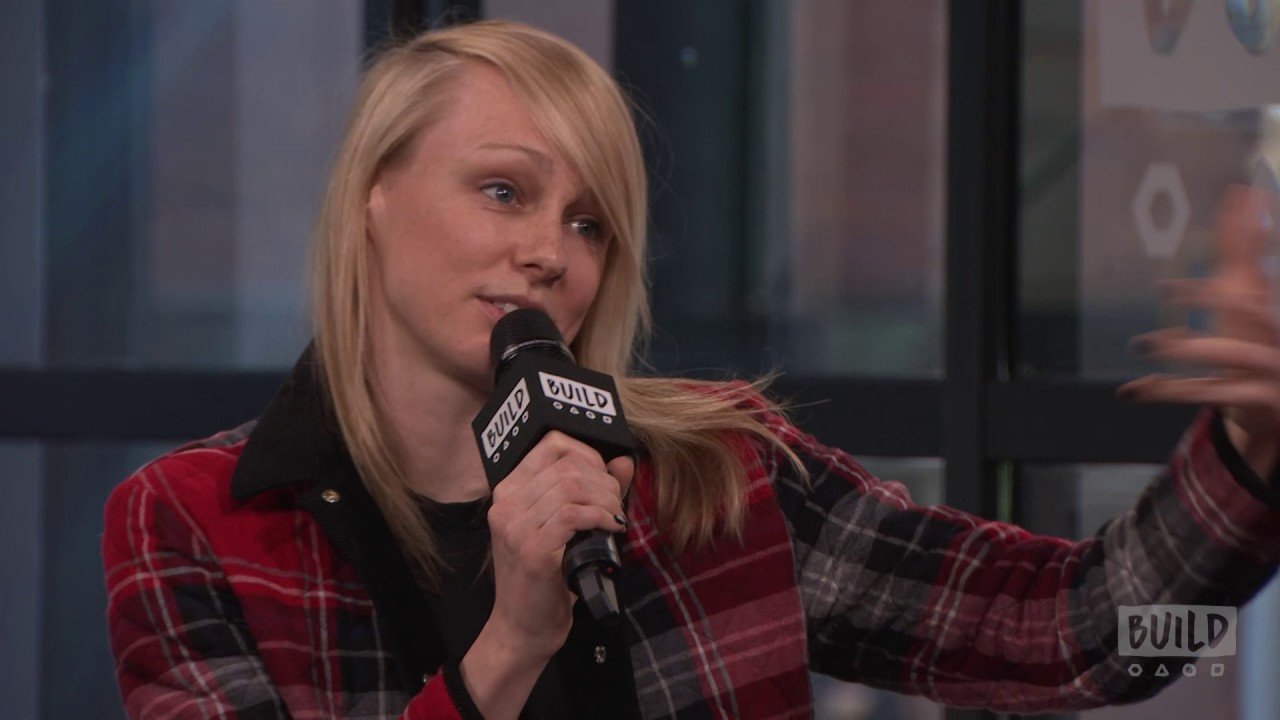
“The trick is making sure everyone is on board, making sure everyone understands what the project is, and getting the right team in place,” Green says, suggesting that sharing a clear vision with potential subjects is particularly important—as is finding the right crew. “It’s all about your tribe.”
Learn more by visiting our library of case studies for additional resources. Film Independent promotes unique independent voices by helping filmmakers create and advance new work. To support our work with a donation, please click here.
To become a Member of Film Independent, just click here. New Members who join this week will receive 15% off the cost to join or renew. To support us with a donation, click here.
